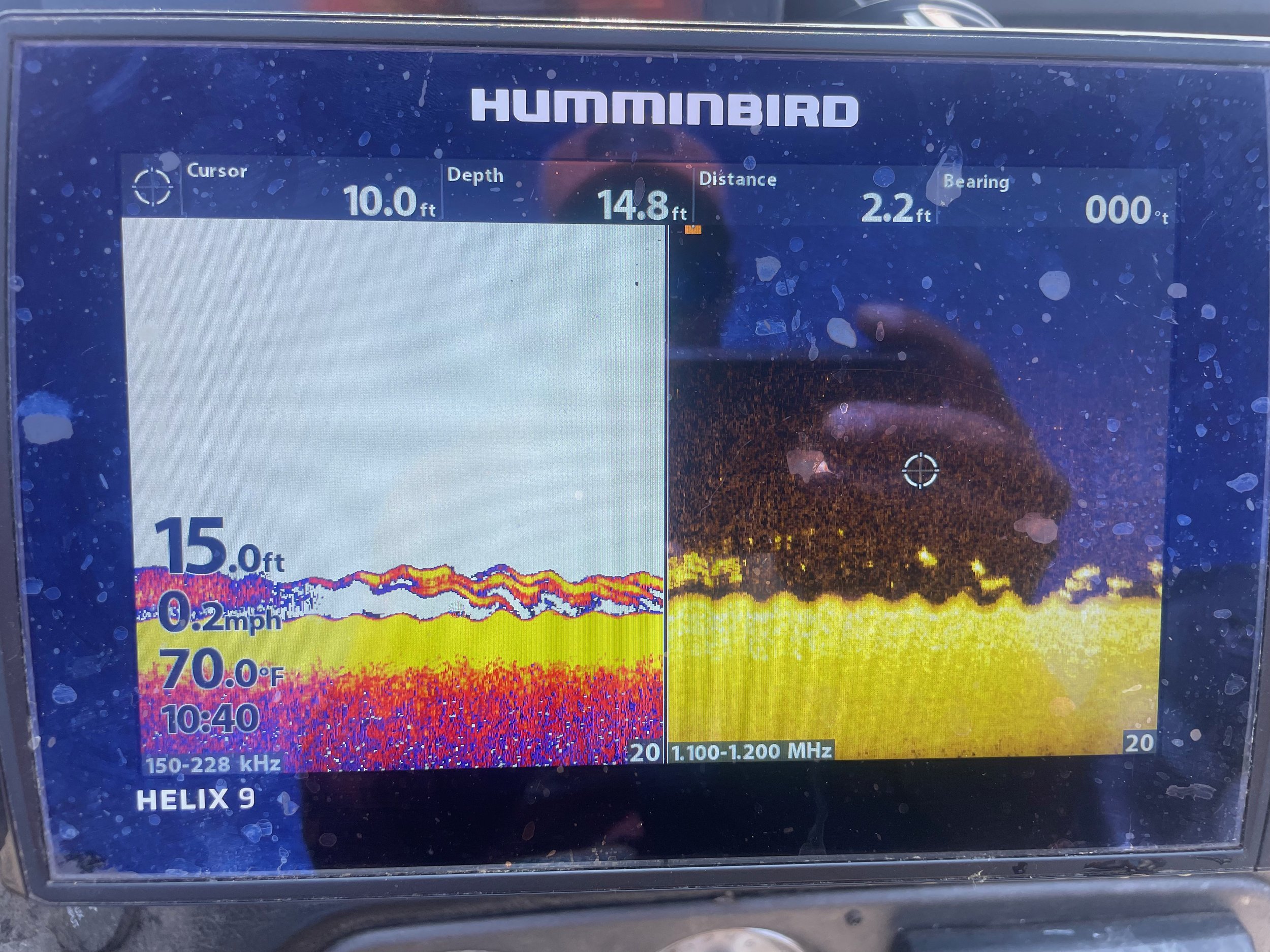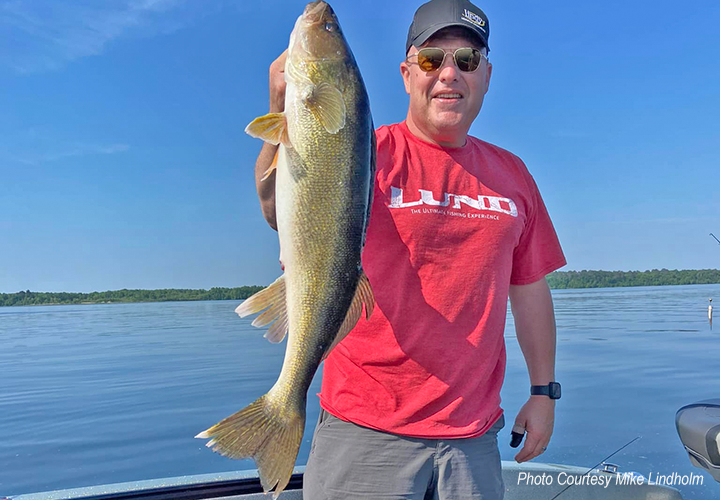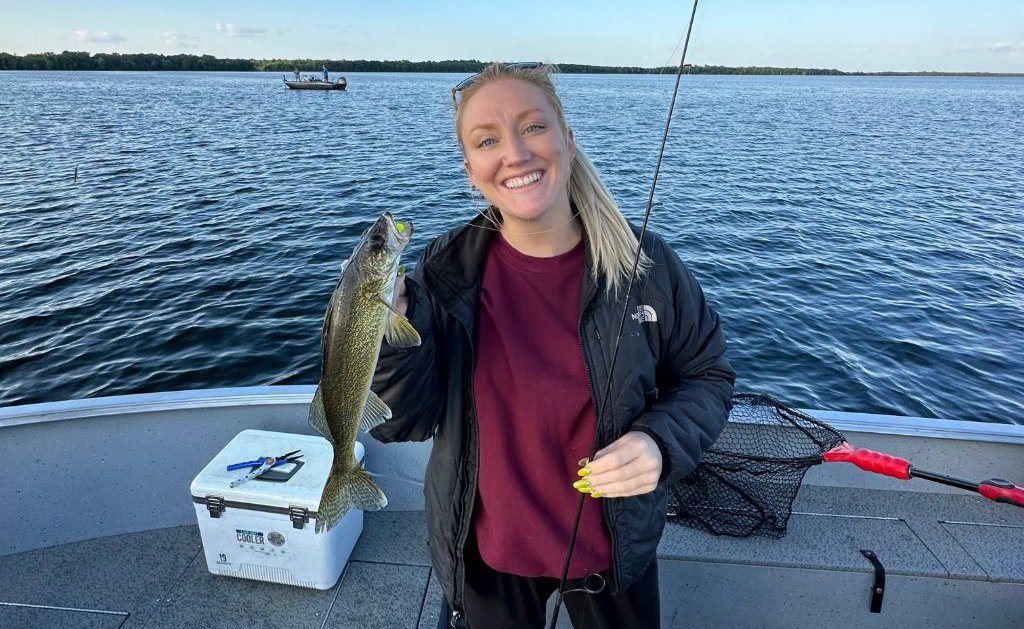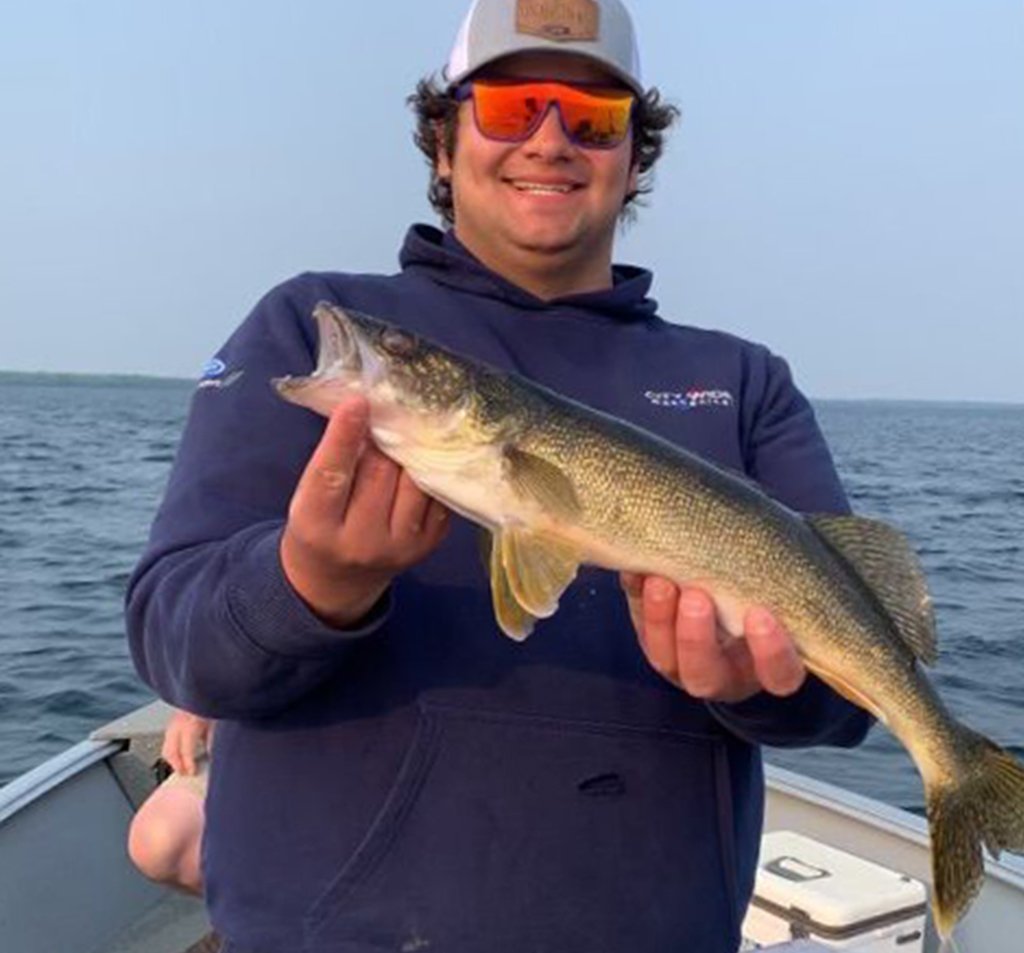Family fishing trips go hand-in-hand with mid-summer and if you watch the traffic on both Cutfoot and Little Cutfoot, that’s what you’ll see. Perch, walleye and pike are holding both in, and along the outside edges of cabbage patches. Crappie, sunfish and rock bass can be found in the heavier patches of coontail, pondweed and other submerged grasses. Trolling with spinners, tipped with live minnows or leeches is a great way to search for them. When located, presentations can be refined based on fish species and locations.
The rule of thumb for walleye fishing on Lake Winnie this morning is “the better the angler, the better the fishing”. Casual anglers are catching their share of fish, there are plenty of fish to go around, and they are biting. Results are awesome for folks who pursue them diligently, or you could say “working” for the fish.
Look at the results (below) from the weekend tournament, managed by the Minnesota Tournament Trail. All the top 20 teams weighed in 5 fish, the tournament limit, and all of those 5 fish limits exceeded a 3-pound average. The top 10 teams fared even better: posting 4 pound plus averages. Congratulations by the way, to our friend Dusty Snyder, who along with Pat Mclean posted took 2nd place with a 5 fish weight of over 25 pounds.
Locating fish using high end electronics, then using slip bobbers and live bait, leeches, and night crawlers specifically, has gotten a lot of attention this year. In some circles, the buzz is that without them, fish cannot be found, and subsequently caught. It is important to remember though that even without sophisticated tools, you can still catch some fish despite this summer’s clearer than average water conditions.
We recall the summer of 2022, at mid-summer, when Winnie’s water became cloudy when a strong algae bloom developed. Our guests, along with almost everybody fishing the big lake, were scoring big numbers of walleye in shallow water, trolling with spinners and live bait. This year, the weather is cooler, so are water temperatures, which dropped into the 68-degree range during the past week. Cooler, clearer water, and walleyes sensitivity to light is what combined to produce the conditions that make the high-end electronics “appear to be” a necessity.
Fishing early in the morning, and again late in the evening will give weekend warriors an edge. So will picking cloudy days, especially breezy ones, that is when the fish will become active and much easier to catch. Low light conditions send a signal about where to find walleyes too.
On average, water depths of 6 to 10 feet have been productive at these key times. Mid-lake walleyes have moved deeper when it’s brighter, key depths range between 16 to 24 feet. The alternative has been finding vegetation, cabbage beds hold fish right now too. Most of the best ones occur in the outer extremities of the lake, areas of Tamarack Bay, Third River Flowage and along the west shore. Don’t overlook Cutfoot Sioux right now either, anglers are catching some nice fish here as well.
Anne McMullen Goodwin releases beautiful Lake Winnie Walleye
Key presentations include slip bobbers, jigging baits like jig raps or puppet minnows, and soft plastic lures. Almost any presentation that involves casting away from the boat and retrieving through schools of fish should be explored. Experimentation has only just begun; we’re convinced that there are other effective presentations that folks simply haven’t tried yet.
Walleyes from the 2018 are graduating into the protected slot fast. Thanks to Winnie’s fast growth rate, fish from that season are now ranging from 17-1/2 to 18-1/2 inches already. This offers folks like Anne McMullen Goodwin, pictured above, the opportunity to catch, photo and release some nice walleyes. The class of 2019 now offers plenty of eaters in the 15-to-16-inch range.
Conditions may change soon, there’s another stretch of warm weather predicted for this week. Winnie already has a low-to-moderate algae bloom, and water temperatures on the rise will accelerate that. Folks who love trolling presentations like crankbaits and spinners may enjoy a surge if and when that happens. We’ll be watching the lake, and report back with what we see.





















